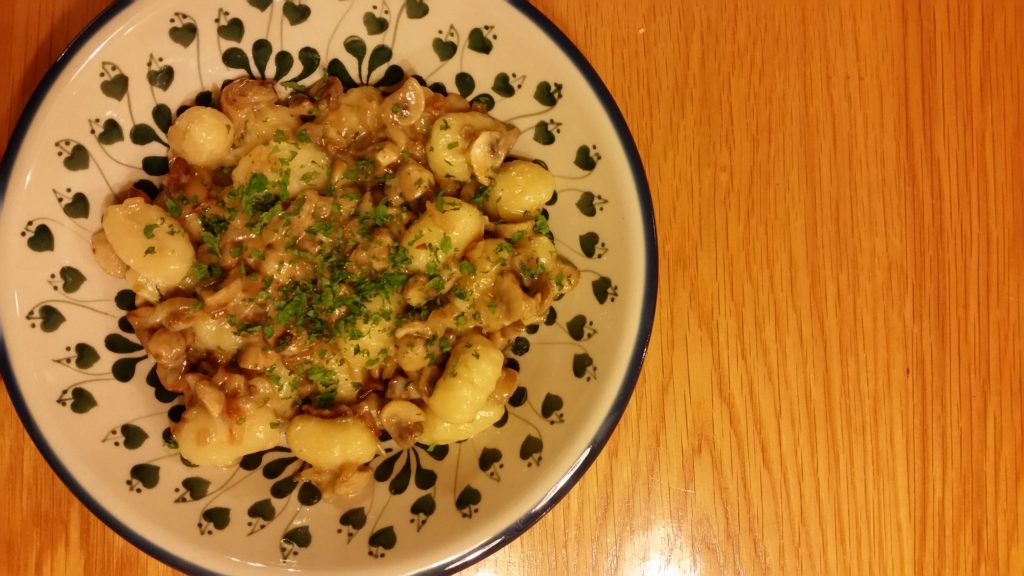I’ve just read ‘Dear Francesca’ from cover to cover. The recipes use a relatively small range of ingredients to create wonderful food. This is one of the first recipes I tried, using a tray of cherry tomatoes that had ended up in my fridge, along with some of the staples from the book: ricotta and pecorino.
I didn’t have spaghettini, so I used spaghetti, which is very slightly thicker. It was fine, I had no complaints.
INGREDIENTS:
- 3 tbsp good extra-virgin olive oil
- A punnet of cherry tomatoes, or a couple of good handfuls, quartered
- a clove of garlic, peeled and roughly chopped
- 180g spaghettini (or enough pasta for 2 people, whatever your usual measure is, I allow 60 to 75g per person)
- salt and black pepper, freshly ground
- 2 tbsp ricotta cheese
- two good pinches of dried oregano
- freshly grated pecorino
METHOD:
- Heat the oil in a pan, and add the tomatoes and garlic. Turn the heat down low and let them cook for ten minutes. There will be a bit of sizzling.
- Meanwhile, cook the pasta in boiling water, according to the instructions.
- When the tomatoes are completely softened, add the oregano and the ricotta cheese, and mix well. Check for taste and add salt if required.
- When the spaghettini is cooked, drain it, return to the pan and add the sauce, pecorino and a grating of good black pepper.
